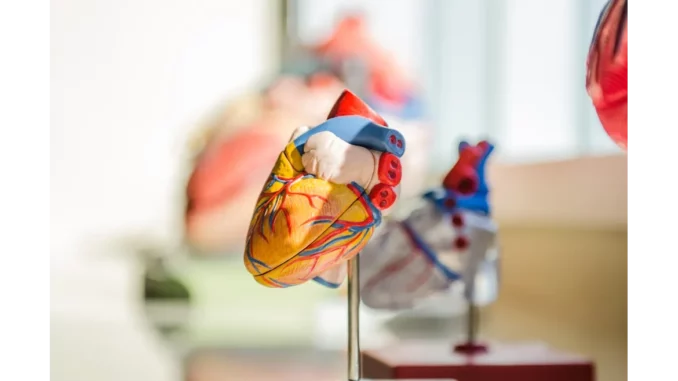
In a recent dialogue with Dr. Emily Carter, a distinguished researcher in biomedical engineering at the University of Manchester, I explored the evolving landscape of the microelectronic medical implants market. This sector is anticipated to witness extraordinary growth in the coming decade. With Dr. Carter’s extensive expertise and insights, the conversation offered a valuable glimpse into a future where technology and healthcare intertwine seamlessly, promising transformative changes.
Dr. Carter highlighted the global microelectronic medical implants market’s valuation at approximately USD 34.56 billion in 2024, with projections rising to an astonishing USD 65.60 billion by 2034. This expansion, representing a compound annual growth rate (CAGR) of 6.62%, is driven by numerous factors, including technological advancements, increased healthcare spending, and the rising incidence of chronic diseases. These dynamics are setting the stage for substantial shifts in how healthcare is delivered and experienced.
Technological innovation emerges as a principal catalyst for market growth. Dr. Carter pointed out the revolutionary strides made in microelectronic technology, which have greatly enhanced the efficiency and functionality of medical implants, rendering them more attractive to healthcare providers and patients alike. A particularly thrilling development is the integration of artificial intelligence (AI) into these devices. By improving diagnostic precision and enabling real-time monitoring, AI facilitates dynamic adjustments tailored to individual patient needs. This innovation not only enhances patient outcomes but also transforms the entire healthcare delivery model, heralding a new era of personalised medicine.
During our discussion, we also examined the geographical distribution of market growth. North America, which led the global market in 2023, continues to assert its dominance due to its robust healthcare infrastructure and considerable investment in research and development. Conversely, the Asia Pacific region is poised for the fastest growth, fuelled by increased urbanisation, rising incomes, and expanding healthcare access. Dr. Carter observed that these regional dynamics are shaped by local healthcare needs and regulatory frameworks. For instance, North America prioritises innovation and rapid approvals for new medical devices, while the Asia Pacific region focuses on scaling healthcare infrastructure to meet the demands of its burgeoning population.
The microelectronic medical implants market is characterised by a diverse range of products and technologies driving its expansion. Pacemakers and defibrillators, which dominated the market in 2023, remain in high demand due to the escalating rates of cardiovascular diseases. Dr. Carter identified neurostimulators as the fastest-growing segment, propelled by increasing awareness and demand for neuromodulation treatments for conditions such as epilepsy and Parkinson’s disease. Technological advancements in radiofrequency (RF) technology and sensors are also instrumental. RF technology, which held a substantial market share in 2023, is crucial for data transfer and remote monitoring. Meanwhile, the growing demand for advanced sensors capable of monitoring physiological parameters like heart rate and glucose levels is expected to enhance implant functionality and patient comfort.
Despite this promising outlook, the market faces challenges, particularly the high manufacturing costs associated with advanced devices. Dr. Carter explained that the complexity of materials and technology requires significant investment in the manufacturing process, impacting the affordability and accessibility of these devices for patients and healthcare providers. However, she remains optimistic about the opportunities presented by increased investment in research and development. Both government and private sectors are providing unprecedented levels of funding aimed at improving patient care through innovative technologies. This investment is essential for developing safer, more effective implants and ensuring their widespread adoption.
As our conversation concluded, Dr. Carter expressed her enthusiasm for the future of the microelectronic medical implants market. She noted that we stand on the brink of a new era in healthcare, where technology empowers patients and transforms the management of chronic diseases. The potential positive impact of these innovations on global health is significant, and the field’s trajectory is exciting.
Reflecting on my discussion with Dr. Carter, the implications of this burgeoning market are profound. As the microelectronic medical implants sector continues to evolve, it promises to reshape healthcare delivery, improve patient outcomes, and drive economic growth worldwide. For those tracking these developments closely, the coming decade holds immense promise and potential, with technology paving the way for a healthier, more interconnected world.


Be the first to comment